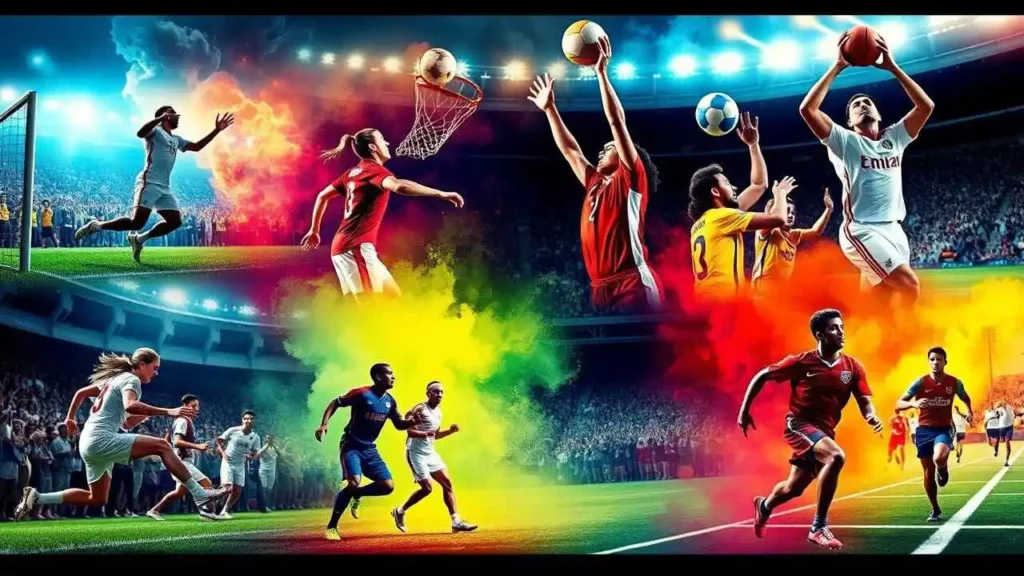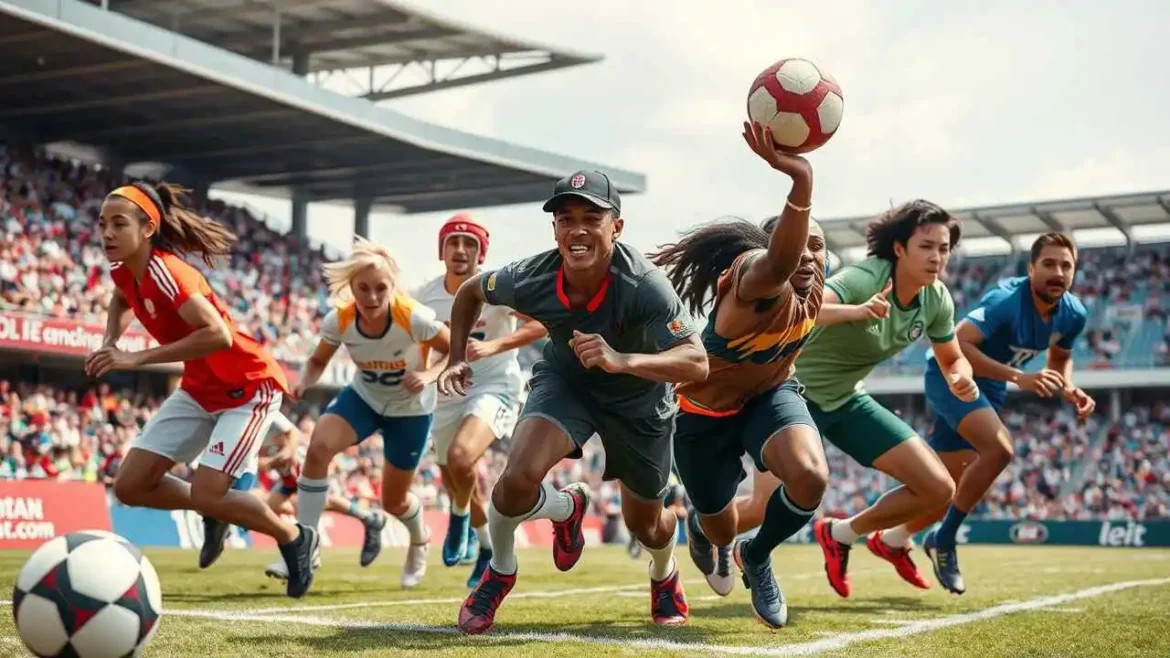
The Power of Sports: A Reflection of Human Spirit and Community
We find ourselves drawn to sports in countless ways. Whether we’re lacing up our own shoes, cheering from the stands, or debating the latest results with friends, sports occupy a unique and enduring place in our lives and culture. It’s more than just a game; it’s a complex tapestry woven with threads of physical exertion, mental strategy, emotional highs and lows, and deep-seated community bonds. From our earliest experiences playing tag to our shared national pride during international competitions, sports teach us, challenge us, and entertain us.
At its core, what exactly is this phenomenon we call “sports”? We could define it as physical activity involving skill and prowess, usually taking the form of a competitive game or exercise, undertaken for enjoyment or as a means of social engagement. Digging a little deeper, we see that competitive element is key. Sports involve rules, structures, and often, opponents, all working towards a defined outcome – a win, a personal best, a championship. This inherent structure provides the drama and the narrative that captivates us.
Why do we engage with sports so readily? From our perspective, the reasons are multifaceted and deeply personal, yet shared by millions around the globe.
For the participants: We play sports for a myriad of benefits. Physically, it’s about health, fitness, strength, and coordination. Mentally, it demands focus, discipline, strategic thinking, and resilience in the face of defeat. Socially, we learn teamwork, communication, leadership, and how to handle both victory and loss gracefully.
For the spectators: We watch sports for the sheer excitement, the unpredictable drama, the display of incredible human talent and effort. We follow teams and athletes, investing emotionally in their journeys. It’s a form of entertainment, a shared experience that unites communities, and a window into stories of perseverance, triumph, and heartbreak.
The world of sports is astonishingly diverse. We see this variety in the environments where sports are played, the equipment used, the number of participants required, and the skills emphasized. To get a sense of this breadth, we can categorize sports in various ways. Here is a simplified look at some common types we encounter:
Here is the table format:
| Category | Description | Examples |
| Team Sports | Played between opposing teams; emphasizes collaboration. | Soccer (Football), Basketball, Volleyball, Rugby, Hockey, Baseball, Cricket |
| Individual Sports | Relies on individual performance; opponents compete directly or against standards. | Athletics (Track and Field), Tennis, Badminton, Swimming, Cycling, Golf, Gymnastics |
| Combat Sports | Involves one-on-one physical confrontation. | Boxing, Wrestling, Judo, Taekwondo, MMA, Fencing |
| Motorsports | Competition involves motorized vehicles. | Formula 1, NASCAR, Motorcycle Racing, Rallying |
| Water Sports | Activities specifically performed on or in water. | Swimming, Rowing, Sailing, Surfing, Water Polo, Diving |
| Winter Sports | Activities performed in cold environments often involving ice or snow. | Skiing, Snowboarding, Ice Hockey, Figure Skating, Bobsleigh, Curling |
| Mind Sports | Competitions primarily involving intellectual skill. Often debated as ‘sports’ in the traditional sense. | Chess, Go, Esports (competitive video gaming) |





